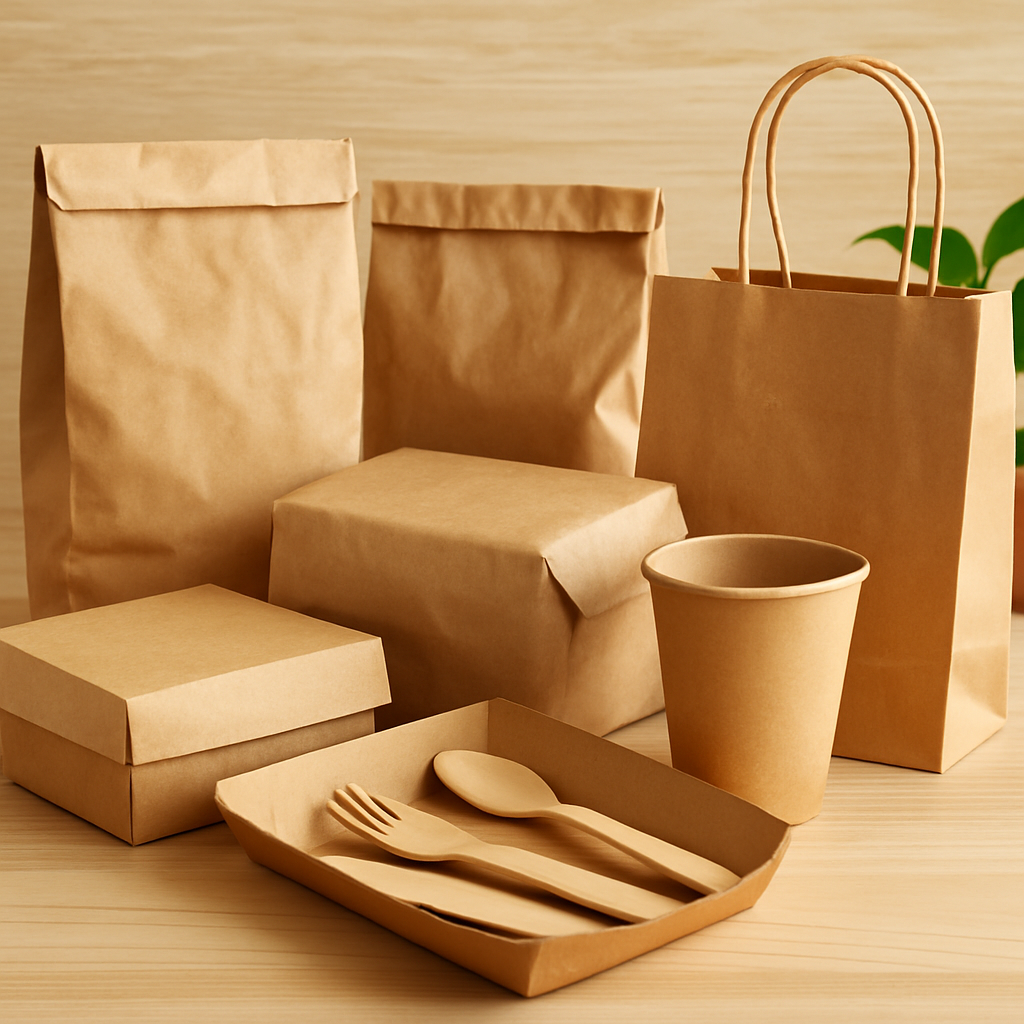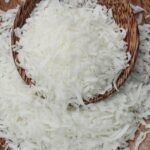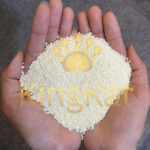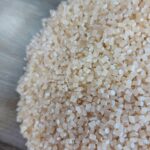CASHEW NUT SHELL OIL
As sustainability becomes central to business practices, companies are turning to eco-friendly alternatives in packaging. One promising solution is tapioca starch, derived from the cassava root. This natural, renewable resource is biodegradable and eco-friendly, offering businesses a sustainable packaging option that aligns with environmental goals and appeals to eco-conscious consumers. Let’s explore the role of tapioca starch in sustainable packaging and its potential benefits for businesses.


Table of Contents
ToggleWhat is Tapioca Starch and Why is it Sustainable?
Tapioca starch is a plant-based carbohydrate from the cassava plant, grown widely in South America, Asia, and Africa. Unlike petroleum-based plastics, tapioca starch is renewable, requires minimal energy and water in production, and decomposes naturally. This plant-derived solution provides a greener alternative to traditional plastics, which can take hundreds of years to break down and release harmful toxins as they degrade.
How Tapioca Starch is Transforming Packaging
Tapioca starch can be molded into various packaging formats, making it highly versatile:
- Biodegradable Films: These thin, plastic-like films are ideal for wrapping food and other products. They decompose within months, significantly reducing waste.
- Foam Packaging: Tapioca starch foam provides a compostable alternative to polystyrene foam, commonly used for cushioning fragile items.
- Water-Soluble Packaging: In certain formulations, tapioca starch can be made edible or dissolve in water, which is especially useful for single-use items in the food industry.
These innovations illustrate tapioca starch’s adaptability across industries, showcasing its potential to replace petroleum-based materials.
Environmental Benefits of Tapioca Starch in Packaging
Switching to tapioca starch-based packaging provides a range of environmental benefits:
- Reduced Plastic Pollution: Unlike traditional plastics, tapioca starch packaging naturally breaks down without leaving microplastics behind, helping to reduce landfill waste and protect wildlife.
- Lower Carbon Emissions: Producing tapioca starch packaging requires fewer resources and emits less carbon than synthetic plastics, contributing to a smaller carbon footprint.
- Non-Toxic and Safe: Tapioca starch is safe and non-toxic, which is crucial for food packaging and enhances consumer safety.
- Resource Efficiency: Cassava grows in diverse climates with minimal water and soil demands, making it an excellent sustainable crop choice.
Benefits for Businesses Using Tapioca Starch Packaging
For businesses, adopting tapioca starch packaging offers both environmental and market advantages:
- Appealing to Eco-Conscious Consumers: Today’s consumers prefer brands that prioritize sustainability. Using biodegradable packaging can strengthen brand loyalty and reputation.
- Lower Waste Management Costs: Because tapioca starch is biodegradable, waste disposal costs are often lower. Plus, companies may avoid fines as more regions regulate plastic use.
- Market Differentiation: Brands adopting innovative, eco-friendly packaging stand out as leaders in sustainability, setting themselves apart in competitive markets.
Challenges and the Future of Tapioca Starch in Packaging
Though promising, scaling tapioca starch packaging presents some challenges. Improvements in durability and moisture resistance are needed to expand its application, especially for products requiring long shelf lives. Additionally, global demand for cassava as a food crop may impact its availability and cost as a packaging material.
Sustainable sourcing and responsible farming practices are essential to ensure a reliable, ethical supply chain for tapioca starch.
Conclusion
Tapioca starch is shaping up to be a vital component in sustainable packaging, enabling businesses to reduce their environmental impact while meeting the demands of eco-aware consumers. Its biodegradable, non-toxic nature, combined with low carbon production, positions tapioca starch as an invaluable asset in the shift away from traditional plastic.
By adopting tapioca starch-based packaging, businesses can contribute to a greener future, foster consumer trust, and position themselves as sustainability leaders in their industries. As technology and market demand evolve, the use of tapioca starch in packaging could become a standard in the journey toward a circular economy.












